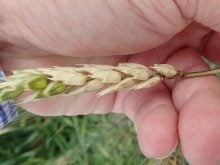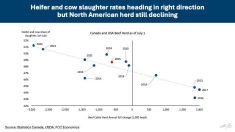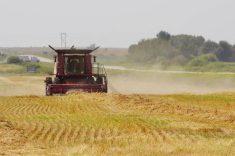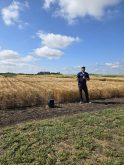Latin American millers and bakers were keen to learn about Canadian farmers’ sustainability practices, says a Manitoba farmer recently returned from a Cereals Canada new crop mission.
“There was a lot that we just weren’t letting people know that we actually do,” said Sheila Elder, a farmer from Wawanesa.
Elder participated in Cereals Canada’s crop mission to Latin America in December. The trip took members of the Canadian wheat value chain to Mexico, Colombia, Peru, Ecuador and Chile. It was one of four missions this winter. Other delegations went to Asia, Europe, Africa and the Middle East.
Read Also
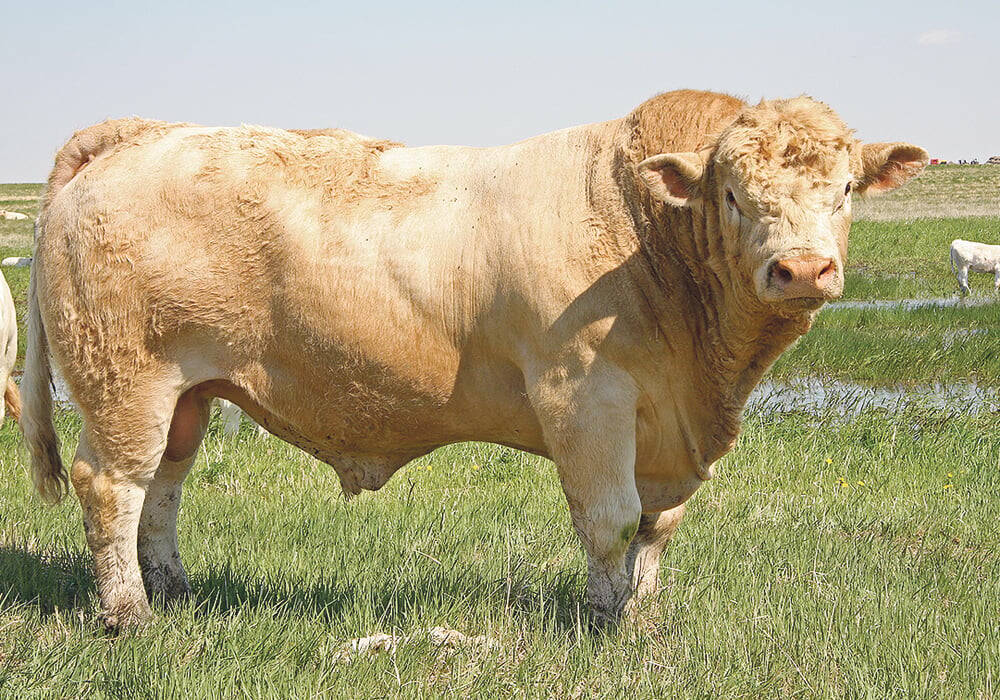
New research sheds light on infertility in bulls
Southern Alberta researchers make ground-breaking discovery in sperm function examining male infertility in bovines
In each county, the delegation (largely grain industry representatives) give presentations on the quality and technical characteristics of crop harvested the previous fall. Farmers continue to play a key role on the missions because buyers want to hear first-hand accounts of how Canadian wheat is grown and meet the people who plant and harvest it.
In meetings with mill and bakery staff, Elder said she spent a lot of time talking about sustainability on her farm. A lot of the people she spoke with weren’t aware that practices like minimum tillage, soil testing, diverse crop rotations and 4R nutrient management have been in use on many farms for years.
“My father-in-law started a lot of these practices 30 years ago,” Elder said.
She also found herself refuting misconceptions about chemical use on crops and noting the cost per acre and protection of beneficial insects.
Another mill owner was impressed that her family’s farm was on its fifth generation — sixth, if Elder’s kids take over. It showed that Canadian farmers live where they grow their food, Elder said. Looking after their environment is important to them.
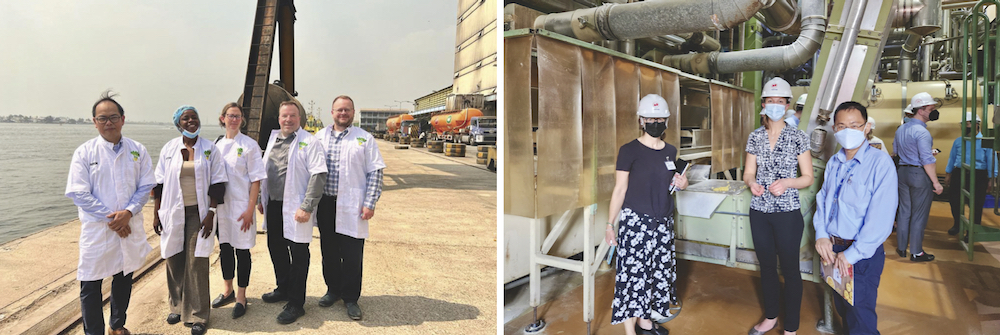
Consistent supply a concern
Company reps were also glad that Canada had a full crop of grain to sell, said Dean Dias, CEO of Cereals Canada, which organizes the missions.
“I think the supply chain disruptions because of COVID-19 and the crisis in Ukraine have changed the tone of the conversations a lot,” said Dias.
“The conversations are becoming more around, ‘how do we make sure that Canadian farmers continue to grow the quality crop they have?’ and ‘Can we supply and be a consistent supplier?’” he added.
“They understand that we came off a tough year with the drought. I think the biggest thing to me is that the entire world is concerned about food security.”
Dias said grain buyers are worried about whether Canadian producers have enough access to fertilizer and if wheat can be supplied to the marketplace in a timely fashion.
“They were not concerned about quality because quality is always there in Canadian wheat,” he said. “The concern was, ‘can I get that quality wheat to my market? And can they make sure that farmers in Canada continue to grow the high-quality wheat?’”
Keep up production
Jocelyn Velestuk was attached to the Asian mission, which went to Tokyo, Jakarta, Indonesia and Dhaka, Bangladesh before Christmas.
Once again, the ‘keep growing wheat’ message was repeatedly delivered.
“The one thing that kept coming up was, ‘we want to know that you’re OK about keeping up your production and keeping up the quality and even more quantity as possible,’” she said.
“They wanted to make sure we kept our seeded acres in wheat and want to make sure they are kept the same or increasing.”
Her delegation included an official with an export company, a staff person from the Canadian Grain Commission and a technical expert from Cereals Canada.
“My part as a farmer in those meetings was to go over what our growing season was like, and why we’re seeing the good quality that we are seeing this year, and the yields and whatnot,” said Velestuk, who farms near Broadview, Sask.
“Everyone was concerned about food security and making sure we could keep supplying the wheat. There are a lot of different things happening in the world, so they wanted to make sure they keep production up and keep their mills and food production facilities running.”
Bentley, Alta., producer Jason Lenz visited three countries on his tour of Africa and the Middle East, and in every one he toured mills.
The scale of milling operations in some countries is breathtaking, said Lenz.
“The biggest eye-opening experience for me was seeing how many tonnes of wheat is being ground into flour every day,” he said. “Nigerian flour millers, between all their mills, were doing 13,500 tonnes of wheat a day. That’s almost one of our full unit trains a day.”
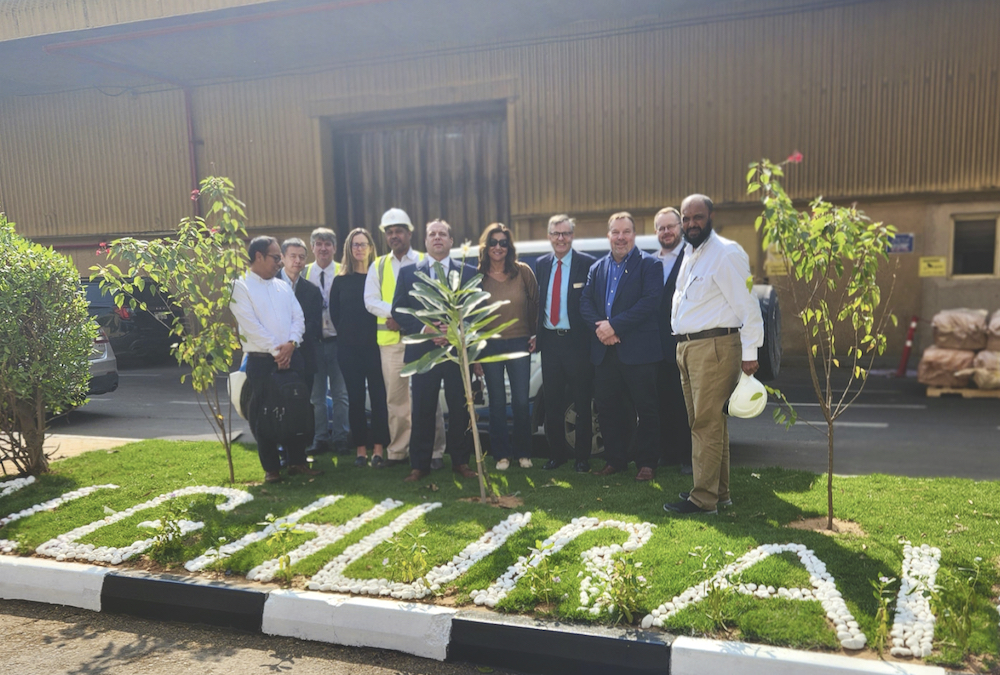
In the three countries Lenz toured, Canadian Western Red Spring wheat was being blended. Elder reported the same in the Latin American countries she visited, though some mills preferred other Canadian varieties, she said.
“They were using our high-quality wheat to mix with lower quality wheat from Russia, Ukraine or the Baltic areas,” Lenz said. “We had a really good story to tell in the New Crop Mission. The quality of our crop was one of the best we had for all different qualities of wheat.”
That’s good news for growers and exporters here. But superior quality comes with a higher price and that hits hard in a country like Nigeria, one of the most densely populated countries with one of the lowest per-capita incomes.
“This (higher prices) has affected some of the mills’ production in Nigeria in particular,” said Lenz. “They’ve shut down a third of their production because the common people in Nigeria can’t afford to buy bread or flour or noodles every day because of the cost.
“That’s not news you want to hear, that people can’t afford to buy food.”
The 2021 drought, which had a huge impact on Canadian supply, was also an oft-mentioned topic.
“They wanted to know what the Canadian industry was doing as a whole to avoid having such a big swing,” said Lenz.
His response is that the Canadian grain sector is building resiliency into wheat through plant genetics and breeding for drought tolerance and disease resistance. Both Velestuk and Lenz spoke about no-till practices, soil health and technology.
“I felt very grateful for the chance to get an ‘outsider looking in’ view of our agriculture industry and how other people look at it,” said Velestuk. “It’s nice to know more about where it goes and how it gets there and who is eating our product and who our consumers are.”



